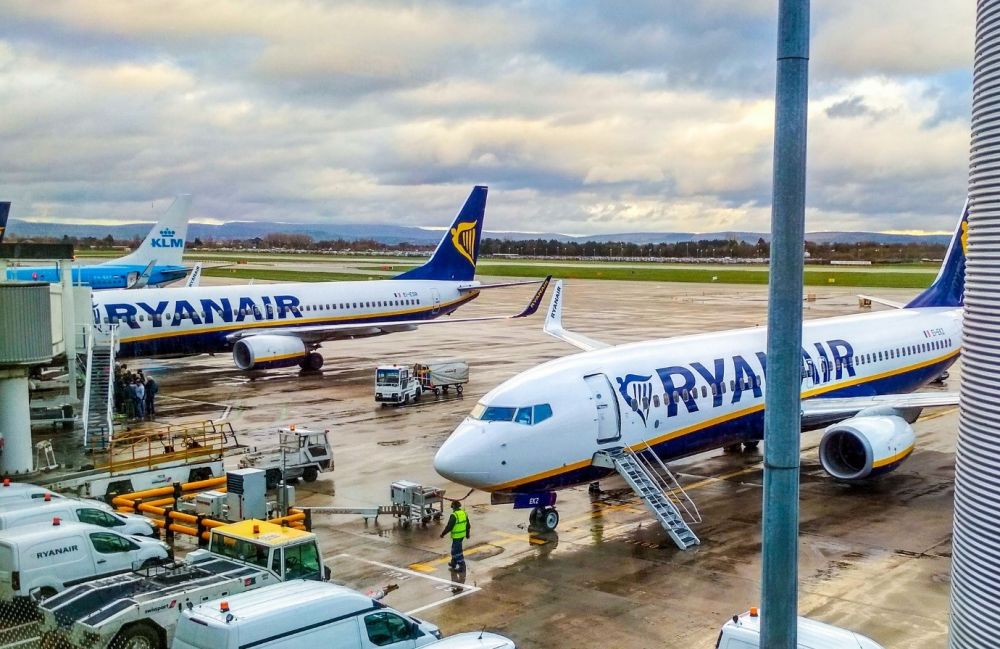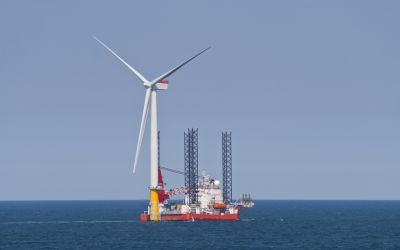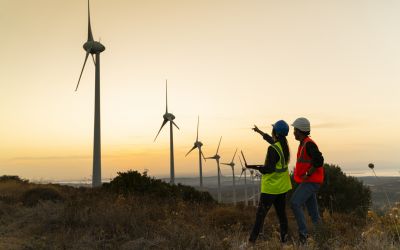Ryanair have been ranked Europe’s 10th worst emitter
Recent EU data has revealed that Ryanair now joins nine coal plants on Europe’s largest carbon emitter list.

Recent EU data has revealed that Ryanair now joins nine coal plants on Europe’s largest carbon emitter list.
In 2018, the Irish airline, produced 9.9 megatonnes of greenhouse gas emissions which was a 6.9 per cent increase on the previous year and a 49 per cent increase over the past five years.
Europe’s largest ranked emitter is Bełchatów, a Polish coal plant, producing a massive 38 megatonnes of planet-polluting emissions yearly.
EasyJet was ranked as Europe’s second largest emitting airline, coming 31st on the list, followed closely by British Airways, Lufthansa and Norwegian.
The aviation manager at the European Federation for Transport and Environment, Andrew Murphy, argues that “When it comes to climate, Ryanair is the new coal. This trend will only continue until Europe realises that this undertaxed and under-regulated sector needs to be brought into line, starting with a tax on kerosene and the introduction of mandates that force airlines to switch to zero-emission jet fuel.”
European airlines’ carbon emissions grew 4.9 per cent last year in contrast to the other emissions-trading sectors, which declined 3.9 per cent overall. The European Federation for Transport and Environment report that in the past five years carbon pollution levels from flying have risen 26.3 per cent in Europe, which is far greater than any other mode of transport. They believe that this ‘reflects Europe’s failure to put in place effective measures to rein in the runaway emissions growth of aviation, which pays no taxes on its fuel and VAT on its tickets.’
Kevin Anderson, professor of energy and climate change at the University of Manchester, states: “If we genuinely care for our children’s futures, we need to drive down the demand for aviation. This will require stringent regulations focusing on frequent fliers rather than those taking the occasional trip.”
Find the EU data report here.






